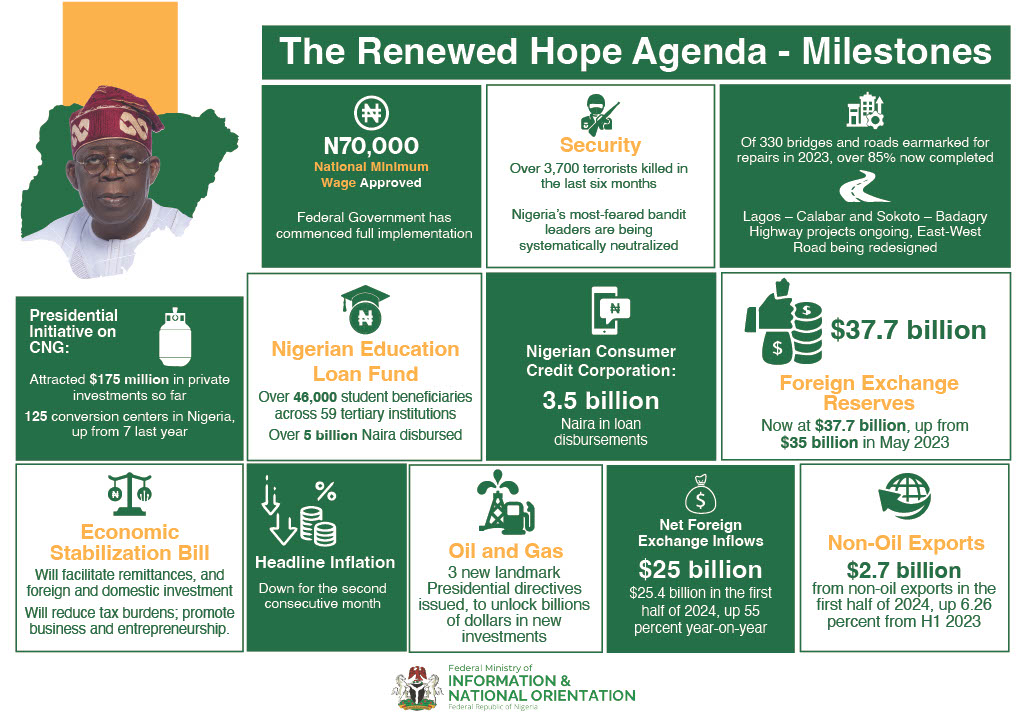In an attempt to deploy excess capital, some major European insurers have developed overseas operations over the past several years but are now taking a more cautious approach, as not all overseas strategies have proven successful, according to a new report published by A.M. Best.
Well-capitalised insurers looked to overseas investments in order to improve margins during a time when traditional domestic markets remain mature and saturated, while low interest rates are hitting investment returns, said the report, titled “European Insurers Continue Overseas Expansion Drive but More Focused in Approach.”
“European insurance markets have tended to be stagnant, with muted premium growth in 2014,” the report said. In response to these market conditions, the report said, in the past year there have been many instances where reinsurers have returned capital to shareholders through special dividends, increased pay-outs or share buy-backs. “Medium-sized companies have also used excess funds to finance the recent wave of mergers or acquisitions,” it continued.
“While there has been some industry consolidation involving larger primary groups, for these companies the need to create scale is not a key driver and instead there is a greater focus on emerging markets to enable faster growth, higher margins and more capital efficient businesses.”
Low Insurance Penetration There are certain emerging market countries that are proving particularly attractive to European insurers because of their low insurance penetration – in the low single digits – and growing gross domestic product (GDP), the report said.
“Economic development is expected to encourage the emergence of a middle class, which in turn is projected to increase demand for life products – particularly savings offerings – and non-life insurance, such as retail insurance linked to motor and household protection,” A.M. Best said.
The ratings agency analyzed the expansion strategies of the 10 largest European insurance groups, according to gross written premium. The key high growth markets (HGM) identified can be split into Asia Pacific, Central Eastern Europe (the CEE), LatinAmerica and Turkey.
In this report, HGM refers to underdeveloped insurance markets, characterized by their low penetration but fast-growing economies (usually emerging economies), “which the main European insurance groups have clearly identified as areas for expansion and can be measured separately in their segmental reporting.” (Emerging market countries analyzed by the report were Brazil, Chile, China, Colombia, India, Mexico, Poland, Russia and Turkey).
Emerging Market Challenges While European insurance groups have turned to emerging markets for more growth opportunities, it has not always been smooth sailing, the report indicated.
Some of the common challenges encountered by European insurers include market competition and limited control of joint ventures, as well as political and economic risks within a given territory, A.M. Best continued. Furthermore, it noted, there is the danger of treating each region as a homogenous bloc.
“Insurers may face regulatory risks, for example, a need to invest their assets locally, but financial markets may not be as mature as in a company’s domestic territory. Additionally, where an insurer is involved in a takeover, merger or joint venture with a local entity, there could be integration difficulties linked to cultural differences and ease of doing business,” said the report.
In addition, A.M. Best said, a company that is being taken over in an emerging market may not be listed and often can be family owned, which leads to potential issues regarding valuations and the future role for existing management. “In many cases, it will have become a target because of under- performance, leading to a debate as to whether a turnaround strategy should involve existing staff with local knowledge, or new senior appointments from Europe.”
The report explained that in many cases, acquisitions are made largely to obtain licenses in a given country. Further, the report said, countries with low insurance penetration are often regarded as offering potential growth, but lack of insurance demand is a challenge.
Yvette Essen, director, research & communications – EMEA and author of the report, added: “Frequently, insurers engaging in overseas expansion are large and want to create sufficient scale to justify their presence, so competition and margins can become squeezed.”











